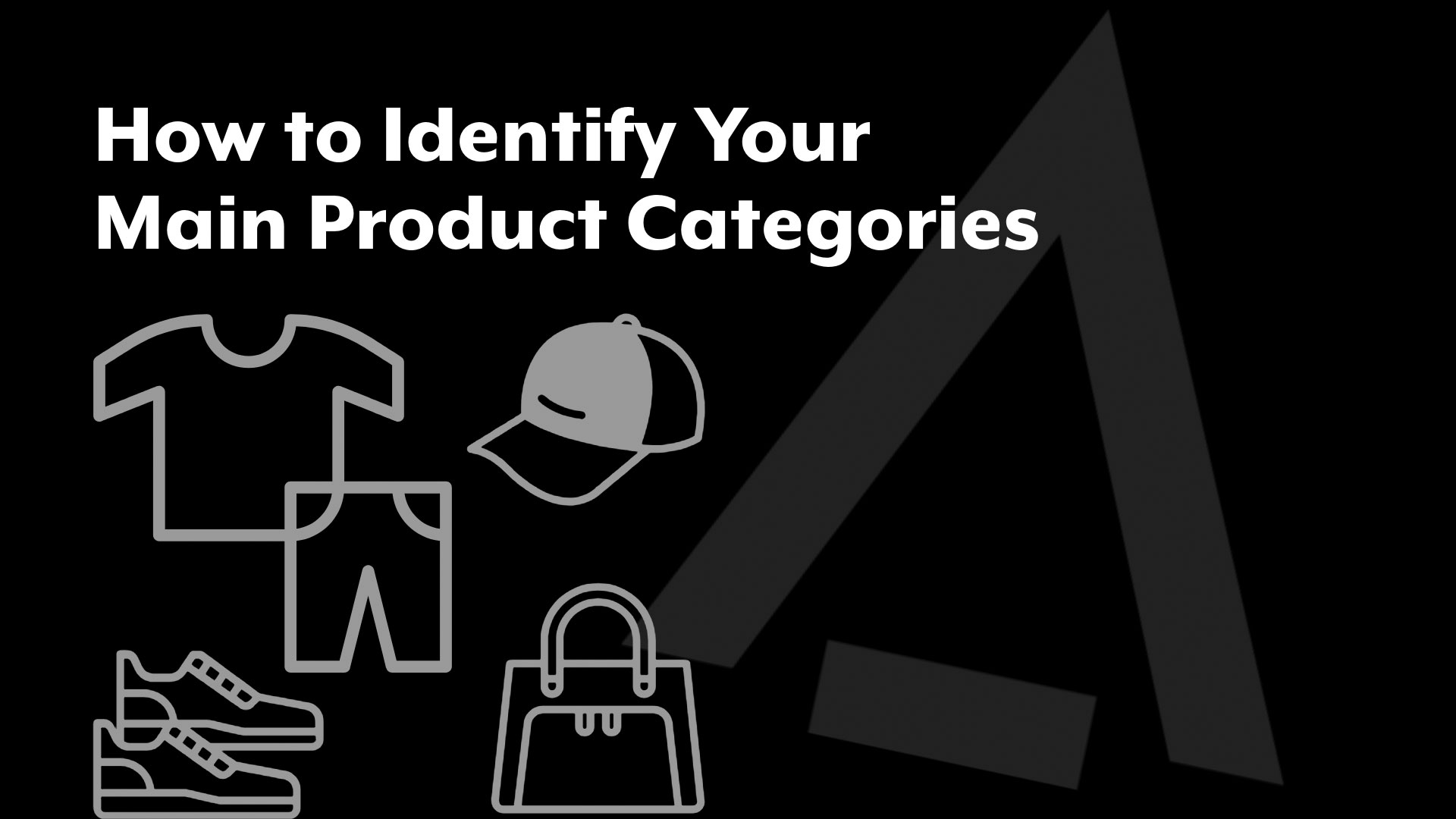How to Identify Your Main Product Categories
- Topics: Business Website, Competitor Research, Keyword Strategy, Search Keywords
- Resources: SEO Resources
How to Identify Your Main Product Categories: A Simple Guide
When developing your business strategy, one important step is understanding your main product categories. These categories give structure to what you’re selling and help your customers quickly find what they need. But figuring out your key categories can sometimes be tricky, especially if you offer a wide range of products or services.
In this guide, we’ll break down how you can easily identify your main product categories to get clarity on what you are really offering. Let’s dive in!
1. Start with Your Core Offerings
Think about your most important products or services—the ones your business is known for. What are you offering that drives the most sales or interest? These are your core offerings and they should form the basis of your main categories.
For example:
- If you own a bakery, your core products might include “bread,” “cakes,” and “pastries.”
- If you run a clothing store, your core products might be “men’s clothing,” “women’s clothing,” and “accessories.”
List the broad groups that cover these core items.
2. Group Similar Products Together
If you offer multiple items, start grouping similar products together. Ask yourself:
- Do certain products serve the same purpose or need?
- Are there different variations of one type of product?
For example:
- A jewelry store might sell necklaces, earrings, bracelets, and rings. Each of these would be a separate product category.
- A beauty brand might sell skincare, makeup, and haircare, which can form its main categories.
These broad groups represent your main categories, and smaller subcategories might form within them.
3. Think About How Customers Shop
Consider how your customers typically browse your products. What kind of categories would make sense to them? Think about how you organize your products in your store or website. The way you present your items can help you define your categories.
For instance:
- If you run an electronics store, your customers might shop by device type, like “laptops,” “phones,” or “tablets.”
- In a furniture store, shoppers might look for “living room furniture,” “bedroom furniture,” and “office furniture.”
By understanding your customer’s journey, you can create categories that help them find what they need easily.
4. Keep Your Categories Simple
Don’t overcomplicate things! The simpler and clearer your categories are, the easier it will be for your customers to understand what you offer. Keep your main categories broad enough to cover your main products, but not so broad that they lose meaning.
For example:
- A clothing store should avoid categories like “things to wear.” Instead, use clear terms like “clothing” and “accessories.”
- A restaurant should avoid vague categories like “delicious food.” Use specific terms like “breakfast,” “lunch,” and “dinner.”
Simple, direct categories make it easier for both you and your customers to navigate your products.
5. Use Subcategories for Specific Items
Once you’ve identified your main categories, consider if some of your products need more detailed grouping. These subcategories help organize products within a larger category.
For example:
- A bookstore might have the main category “Fiction” with subcategories like “Mystery,” “Romance,” and “Science Fiction.”
- A grocery store might have “Beverages” as a main category, with subcategories like “Soft Drinks,” “Juices,” and “Coffee.”
Subcategories help you provide more detailed product organization, especially if you have a large product range.
6. Check Competitor Websites
Looking at how your competitors organize their products can give you insights into category ideas. Visit the websites of businesses offering similar products and see how they structure their categories.
For example:
- If you sell pet supplies, a competitor might organize their products into categories like “food,” “toys,” and “grooming supplies.”
- A competitor in the beauty industry might break down their products into “skincare,” “makeup,” and “fragrances.”
You can use these insights to fine-tune your own product categories.
7. Analyze Your Best Sellers
Look at your sales data to understand what products are most popular. If certain products sell better than others, they may deserve their own category. This not only helps with organization but also highlights your most successful products.
For example:
- If you run a health food store and notice that smoothies are your top-selling item, you might want to create a dedicated “Smoothies” category.
- If you’re a clothing retailer and see that jackets and coats are your bestsellers, you might create a separate “Outerwear” category.
This strategy helps you prioritize the categories that matter most to your customers.
8. Ask Your Customers
Sometimes, the best way to understand how to categorize your products is to ask your customers directly. What are they looking for? How would they describe your products? Conducting surveys or asking for feedback can help you see things from their perspective.
For example:
- If you own a fitness equipment store, you might ask customers if they prefer shopping by “exercise type” (cardio, strength training) or by “product type” (treadmills, dumbbells).
This customer insight can help you create categories that make sense to your audience.
9. Revisit Your Categories Regularly
Once you’ve created your product categories, it’s important to review them regularly. As your business grows and you add new products, you might need to reorganize or create new categories.
For example:
- A tech store that started by selling only laptops and tablets might eventually add smartwatches, which would need a new category.
- A restaurant that introduces a vegan menu could create a new category to reflect that change.
Staying flexible and adjusting your categories over time ensures they stay relevant and helpful.
Conclusion
Identifying your main product categories doesn’t have to be complicated. Start with your core offerings, group similar products together, and keep your categories simple. Remember to think about how your customers shop and use subcategories to get more specific when needed. By regularly reviewing your categories, you can keep your products organized and ensure your customers can easily find what they’re looking for.
Use this guide to write down your main product categories for your SEO brief. Having a clear understanding of what you’re really selling will help you refine your marketing and focus your efforts!






